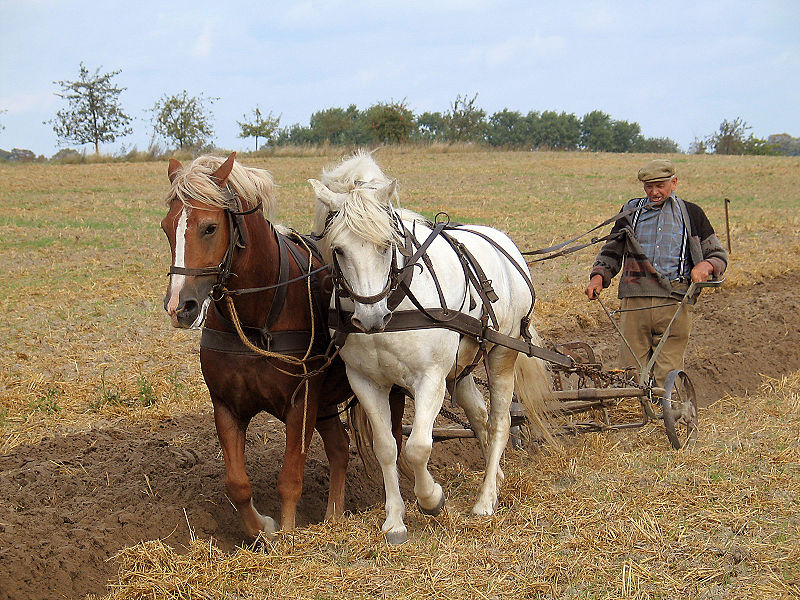 An ancient method of ploughing charred plants into the ground to revive soil may also trap greenhouse gases for thousands of years. Here’s how it works: Plants absorb CO2 from the atmosphere as they grow. Burning these plants and trees in airtight conditions produces a high-carbon substance called biochar. Johannes Lehmann of Cornell estimates the carbon storage time of stable biochar could be a few thousand years, reports Reuters.
An ancient method of ploughing charred plants into the ground to revive soil may also trap greenhouse gases for thousands of years. Here’s how it works: Plants absorb CO2 from the atmosphere as they grow. Burning these plants and trees in airtight conditions produces a high-carbon substance called biochar. Johannes Lehmann of Cornell estimates the carbon storage time of stable biochar could be a few thousand years, reports Reuters.
Lehmann’s ambitious scenario estimates biochar could store 1 billion tons of carbon annually. That’s more than 10 percent of 2007’s 8.5 billion tons of global carbon emissions. His conservative scenario prescribes heating without oxygen (pyrolysis) 27 percent of the world’s crop waste and ploughing it into the soil to store 0.2 billion tons of carbon a year.
According to the International Biochar Initiative, soils with biochar made by Amazon people thousands of years ago still contain up to 70 times more black carbon than surrounding soils and are still higher in nutrients. . . Two big howevers: We can’t cut forests to do this and we can’t avoid reducing CO2 emissions at the same time. But we can put all the little fixes together starting now.
Julia Whitty is Mother Jones’ environmental correspondent, lecturer, and 2008 winner of the PEN USA Literary Award, the Kiriyama Prize and the John Burroughs Medal.












